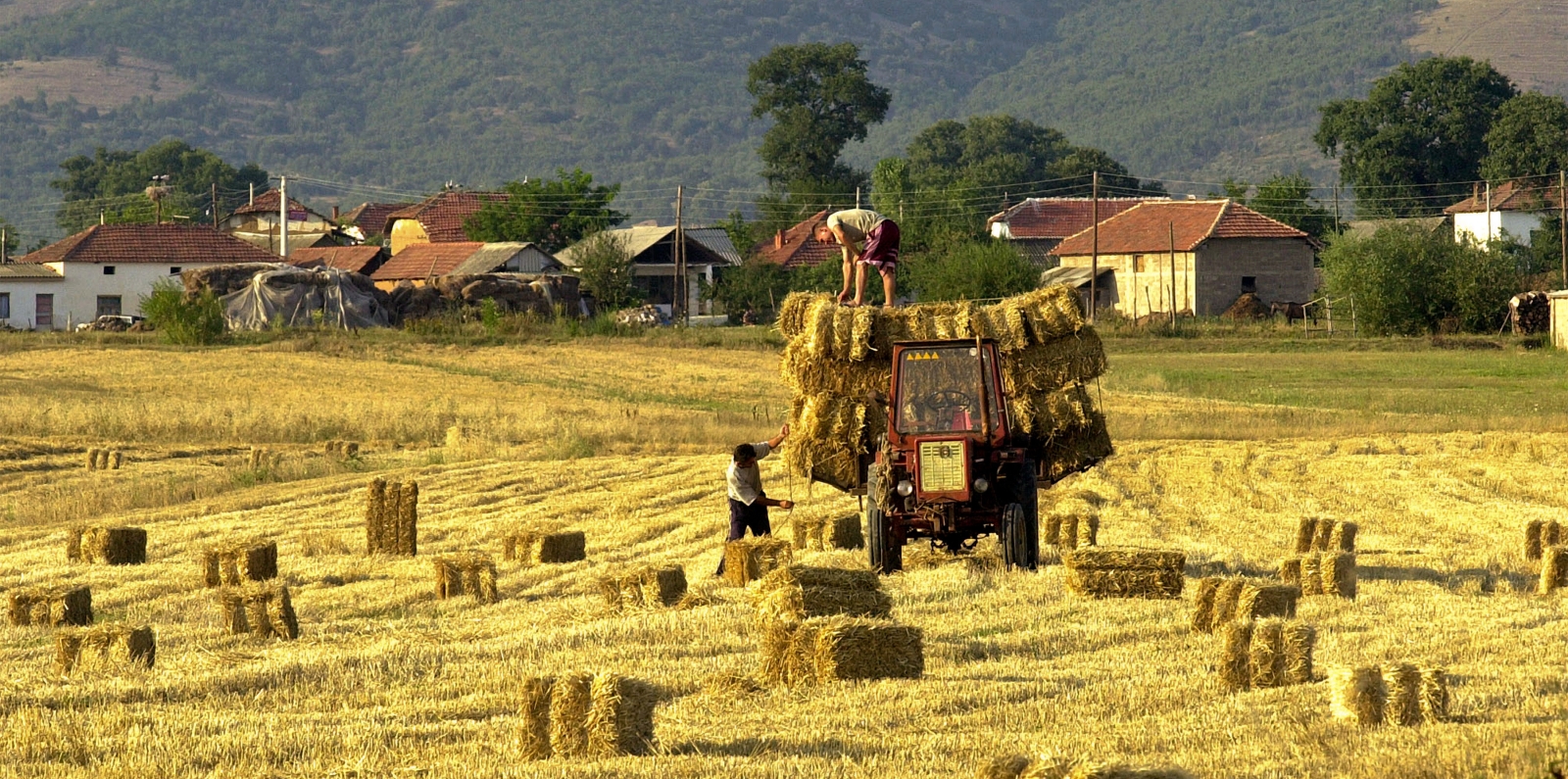With COVID-19 disrupting supply chains, industries, and markets across the globe, we’re checking in with GAFSP Private Sector Window clients to see how the health and economic crisis is affecting their businesses and the smallholders in their supply chains. In this installment of our “COVID Conversations” series, we talk with Adrian Alo, Chief Financial Officer at KEP Trust, Kosovo’s largest local microfinance institution. IFC and GAFSP’s support to KEP has helped the company increase its lending to farmers and small businesses, who have traditionally been unable to secure funding from the country’s commercial banking institutions. Alo spoke to us recently about why business owners are shying away from new lines of credit, the role of microfinance in Kosovo’s post-COVID recovery and why he’s redefined success for the pandemic era.
Question: How is COVID impacting KEP?
We’ve faced significant disruption to our business. In March, the Central Bank of Kosovo issued a moratorium for all clients of financial institutions, including KEP, which meant that we couldn’t collect any due payments from our clients. For about two months, our business cycle was totally disrupted: we couldn’t collect debt and stopped issuing new loans and so we faced a serious lack of liquidity. Kosovo has since eased restrictions and since mid-May, we have begun to disburse loans again. Though our clients still face some restrictions, our business is starting to return to normal, though the demand for microloans is still much lower than normal.
Question: Why is demand so low?
During the early days of the crisis, focus was on survival and meeting basic needs. Our clients were fearful: they concentrated on having food and medicine, not on new opportunities. There was just too much uncertainty to start a new business. I think microfinance will play a crucial role in Kosovo’s recovery, particularly for small businesses that aren’t able to get credit with the traditional banking sector. Most of our economy depends on small business, family-owned farms, corner shops, car washes—all of whom are microfinance clients. We serve almost the same number of people as the banks, but our average loan is only around 2,500 euros.
Question: Was KEP able to prepare for COVID?
We prepared, but not for the scale or the extent of the crisis. Before the pandemic hit, we conducted liquidity stress tests, did a risk analysis, and had a contingency plan in place. But no one could have predicted the scale of what we experienced. Our liquidity stress test was done on the assumption that 20 percent of loans would not be paid, which we considered severe at the time. But then we had a moratorium for 100 percent of clients. There were also unprecedented circumstances like severe movement restrictions and geographic quarantines, with entire cities and towns totally locked down, which we never anticipated. In those areas, our branches had to be temporarily closed. We are starting to get back on track in terms of liquidity, but our profits will suffer. If we can even break even this year, it will be a success.
Question: How have your smallholder clients been impacted by COVID-19?
For the most part, our agricultural clients were able to buy inputs like seeds and fertilizer to sustain production. The real challenge they faced was in accessing markets and selling their goods. Open-air markets were closed for many weeks and only large supermarkets were able to operate. But the chain stores don’t sell food that comes from our small-scale farmers. As a result, many farmers needed to offload their produce for very low prices.
Question: What are some protections KEP has taken to protect its employees?
The financial sector was considered a priority group alongside utilities, grocery stores, and pharmacies and so KEP, like other banks and microfinance institutions, continued to operate throughout. To maintain safety, we worked in shifts, provided masks and gloves, regularly disinfected the buildings, and built plexiglass windows to separate our employees from clients. We also released people older than 55 from having to come into the office. We have approximately 260 employees and thankfully, no one on staff has contracted COVID-19.
Question: What will the next few months look like for KEP?
The impact of the crisis is starting to soften: clients are coming back, getting applications, and seeking new loans. We are also offering clients impacted by COVID the opportunity to restructure their loans and decrease their payments, where possible, with additional grace periods. There’s an increase in the number of clients behind on their payments and since the start of the pandemic, our staff has put out 72,000 calls to clients to check on how they are doing and track whether they will be able to repay their loans. Without a doubt, the share of our portfolio at risk is higher than normal, but it’s under control. Our collections department is very careful in using only “soft measures” and they haven’t collected collateral or blocked assets at any point during the crisis. We are receiving similar flexibility from our lenders. We had a payment due to IFC on April 15 and we were granted a 90-day extension, which we were able to repay after 45 days. KEP is back on track and I’m fully confident that we will stay there.
